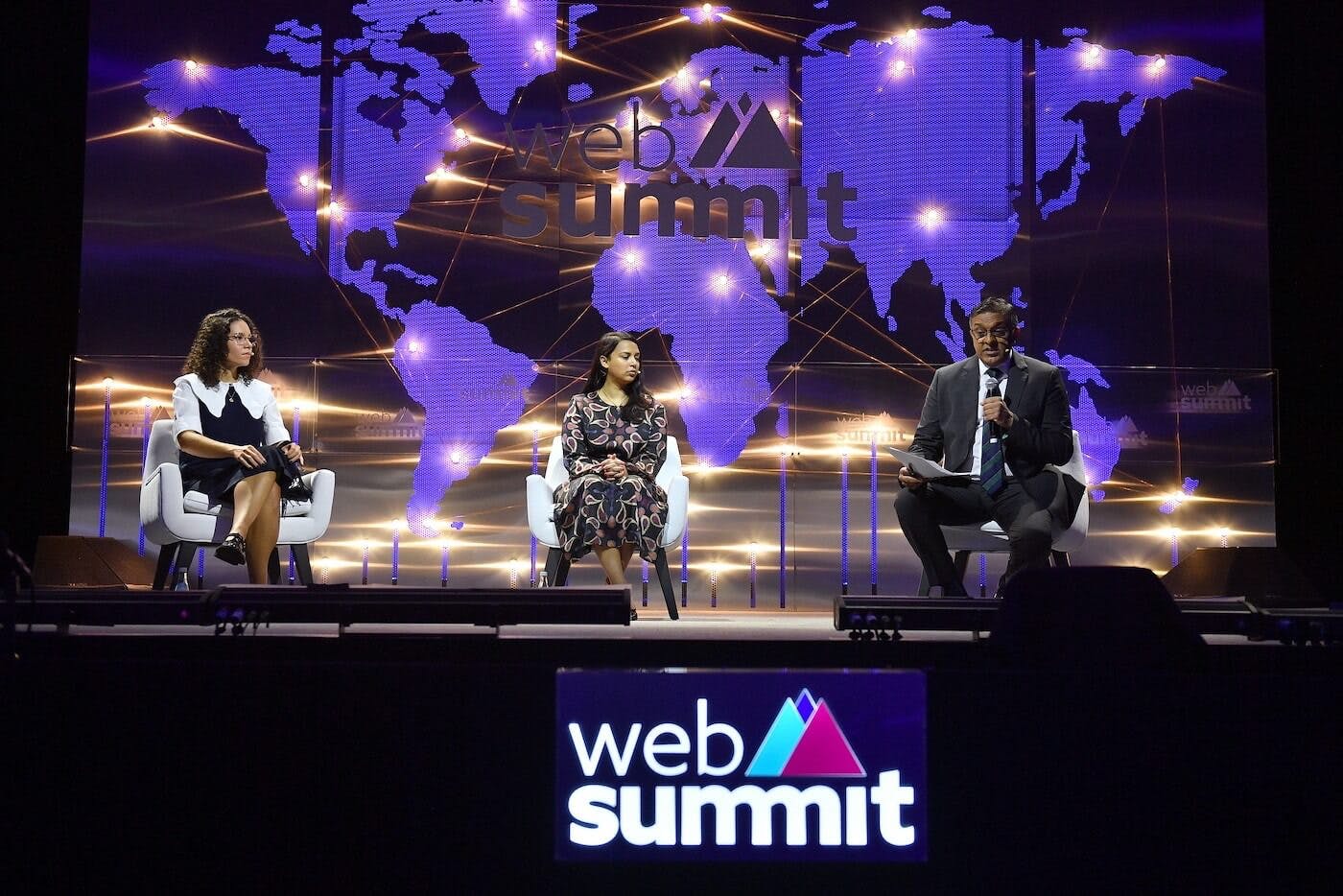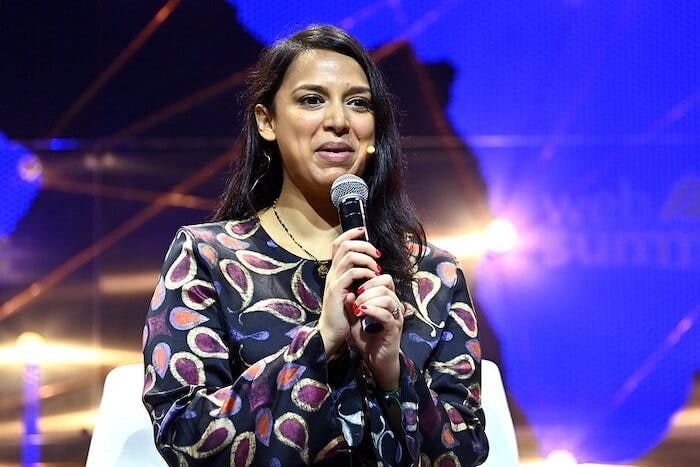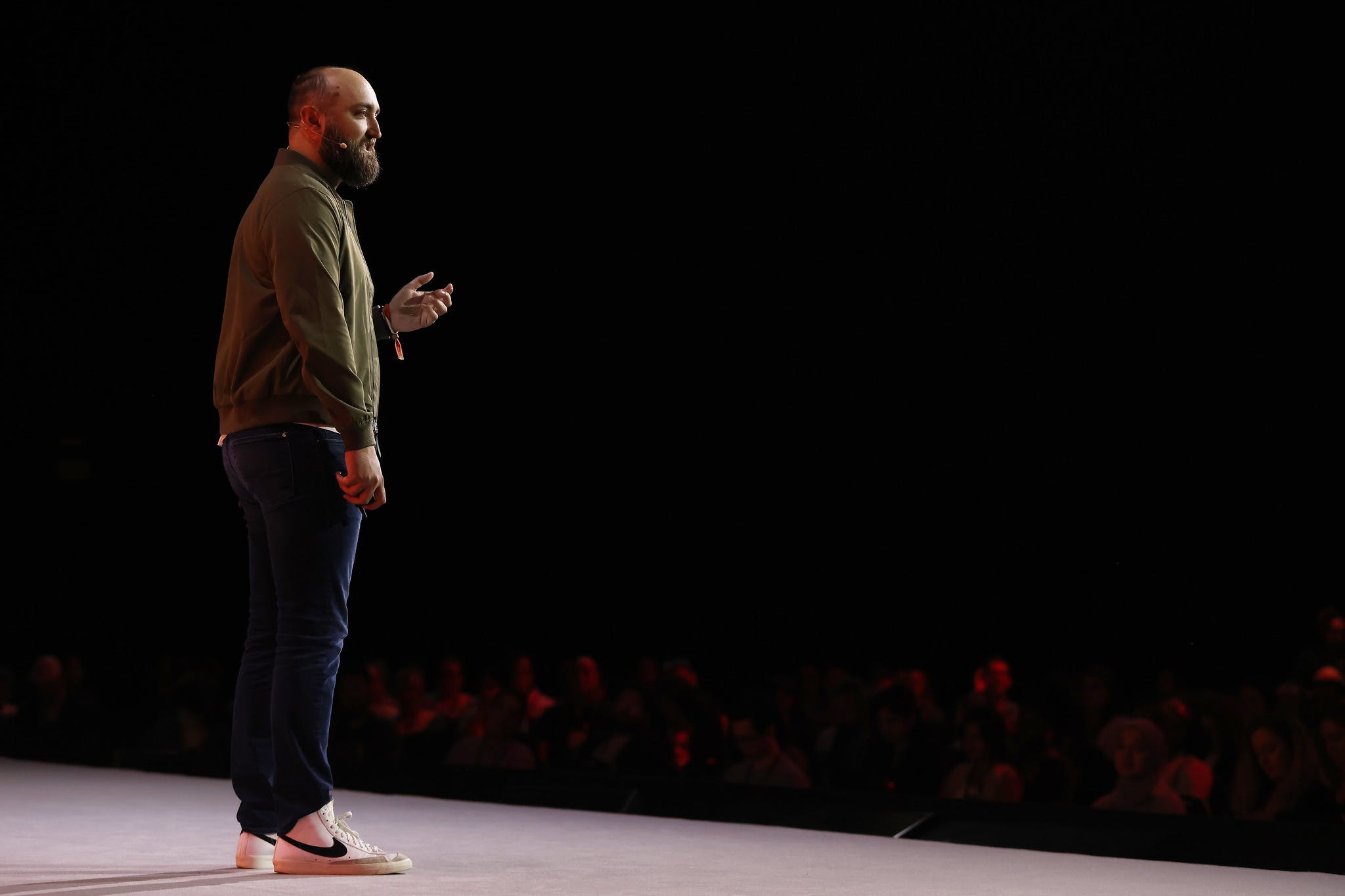
Diversifying the media lens with Gen Z in mind

Our panel of journalists sat down at Web Summit 2021 to discuss diversifying the media with a Gen Z audience in mind.
“We want our newsroom to look like our readership and the world that we report on.”
A line, delivered by Vice Media’s senior director of global news operations Erika Allen at Web Summit 2021, that seems logical. But in years past this wasn’t the case; at a senior level, media outlets were mostly run by white men. That’s why Erika’s declaration holds so much power.
It’s a point that Versha Sharma, editor-in-chief of Teen Vogue, agreed with wholeheartedly.
“Inclusivity is even more important than diversity because you are actually making the effort to include people of different backgrounds.”
This typifies a trend among media publications focused on younger audiences, mainly millennials and Gen Z, putting diversity and inclusion at the forefront of their priorities. A recent Forbes panel demonstrated that diversity is a crucial conviction held by many of the Gen Z generation.
For media outlets targeting these populations, adapting their workforce to include writers, designers, presenters and others from a range of backgrounds makes sense.
However, this shift towards media publications that better reflects the modern world and the convictions of Gen Z has another useful benefit.
 Versha Sharma, editor-in-chief of Teen Vogue. Image: Eóin Noonan/Web Summit (CC BY 2.0)
Versha Sharma, editor-in-chief of Teen Vogue. Image: Eóin Noonan/Web Summit (CC BY 2.0)
“The Gen Z audience is not shy about sharing what topics… are important to them,” Versha said. Erike corroborated that sentiment, claiming “young people on social media are a wealth of great story ideas… the more engaged our audience is online, the better our reporting.”
A more outspoken readership with stronger convictions about diversity and authenticity than in generations past will naturally lead to media publications that don’t just reflect that in the newsroom, but also produce news stories that reflect those experiences in the real world.
It speaks of a general evolution in the media industry, but also shows the forward-thinking mindset critical to many publications aimed at younger, more digitally native audiences.
“The media industry has come a long way but it does have much farther to go,” said Erika. The efforts of leading publications such as Teen Vogue and Vice Media to place diversity at the forefront of their identity have certainly been noticed by younger readers.
Condé Nast, the mass media company in charge of Teen Vogue, said the brand has 12 million unique users and has a readership 3.4x more likely to be women aged between 18-24 than other demographics. Vice Media showed in research on its reader demographics that it reaches double the 18-34 year olds that other media channels do, with 60 percent of its audience consuming Vice content on mobile devices.



